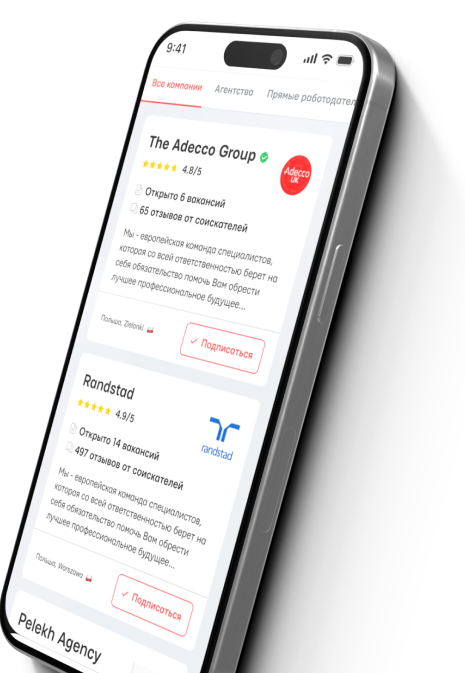Types of bank loans: by terms and method of repayment.


Lending in Ukraine, as in many European countries, opens up many opportunities. There are different types of loans and, accordingly, different repayment conditions. Overall, the types of bank loans indicate how developed the banking system as a whole is in the country.
Different types of bank loans primarily differ in the method of repayment and the duration of the agreement. Moreover, different types of loans are issued to different clients depending on the method of lending.
Different types of loan agreements

When examining the different types of loans offered by the bank, it is important to understand that all conditions change literally every year. Even in conditions of war in Ukraine, the lending system is rapidly changing.
In general, when considering different types of loans, it is worth mentioning that bank loans are one of the main financing tools for both individuals and businesses. These are primarily tools that are available to literally everyone.

Depending on their goals and financial capabilities, clients can choose different types of loans that vary in terms and repayment methods. After all, bank loans and their types offer many opportunities. However, loans always impose certain responsibilities and come with many risks if all credit obligations are not repaid on Time.
What are the differences between different loans?
First and foremost, loans differ in duration. This refers to the length of the agreements. This characteristic is important as it affects the size of monthly payments and the total overpayment on the loan.
There are so-called short loans. Short-term loans are issued for a period of up to one year. They are designed to solve urgent financial problems, such as purchasing household appliances, carrying out repairs, or covering unexpected expenses. That is, these are short loans that are available to everyone.

This type of loan has its advantages:
-
Quick approval and disbursement of funds.
-
Low total overpayment due to the short term.
-
These loans usually have lower interest rates, which is also quite beneficial.
However, it cannot be said that such loans are an ideal solution. They usually have high monthly payments and certain limits on how much money can be borrowed. Moreover, repaying such a loan is incredibly difficult, which creates its own risks.
Examples of short-term loans: payday loans, express loans, microloans.
When talking about types of loans, there are also obligations for a short term. Medium-term loans are provided for a duration of one year to five years. Such loans are often used to purchase a car, pay for education, or make other large purchases.
What are the advantages of such loans:
-
In this case, the burden on the borrower is lower. That is, the payments will not be as large, but they will have to be paid for longer.
-
A higher loan amount compared to short-term loans. That is, the client has access to larger limits.
-
The ability to repay the loan early without substantial penalties.
Like any loan, this one has its disadvantages. It comes with a relatively high interest rate and a longer repayment period.
The third type of loan is called a long-term loan. They are usually issued for more than 5 years. They are most often used to purchase real estate or other large assets. In Ukraine, the most common long-term loan is a mortgage. As for the benefits of such loans, they include:
-
Low monthly payments due to the long loan term.
-
This loan also offers larger limit amounts (one can borrow a larger sum).
-
A lower interest rate for long-term products such as a mortgage.
Such a loan also has its drawbacks:
-
High overpayment on interest, when counted in total it results in a large sum.
-
Possible fluctuations in the rate in the case of a floating interest rate.
-
These are very long-term obligations, and repaying them steadily over many years is quite difficult.
Examples of long-term loans: mortgage loans, housing construction loans.
Varieties of loans by repayment method

There is also another variety of loans available in Ukraine. Repayment methods may differ depending on the bank's conditions, type of loan, and the borrower's financial capabilities:
-
Annuity payments.
-
Differentiated payments.
-
Lump-sum repayment of the loan.
-
Repayment using a "grace period".
Each of these types of loans is available to different types of clients.
Annuity payments
Annuity payments imply the payment of a fixed amount on a monthly basis throughout the loan term. That is, these are classic conditions.
At the beginning of the payment period, a larger part of the payment goes towards paying off interest, while a smaller part goes toward the principal debt. Closer to the end of the term, the situation changes: the main part of the payment pays off the principal debt, and the interest decreases. That is, initially, the client pays off the interests to the bank, and only then repays the principal loan. This payment system has its advantages:
-
Stability: the same amount throughout the loan term.
-
Convenience for budgeting.
-
Less financial burden in the initial months of repayment.
However, these payments have their peculiarities. Usually, the client ends up overpaying more because the repayment time does not decrease. The interest payments also significantly depend on the initial amount of debt.
Differentiated payments

Differentiated payments involve a gradual decrease in the monthly payment amount. Initially, the borrower pays a larger amount (this is the fixed part). This constitutes the principal debt plus the interest. As the principal debt decreases, so does the interest component of the payment.
This payment method has its advantages:
-
Lower overall overpayment on the loan.
-
A faster process of repaying the principal debt.
-
Decreased financial burden on the borrower towards the end of the loan term.
As for the disadvantages, the financial burden on the borrower is still significant, especially in the first months. High financial discipline is also required.
Lump-sum repayment of the loan
Some types of loans imply repayment of the entire amount and interest as a lump sum at the end of the loan term. This method is most commonly used for short-term loans, such as express loans. These conditions are still complex and do not suit everyone.
Their advantages:
-
Convenience for those who expect to receive funds in the future.
-
No need for monthly payments.
As for the disadvantages, the borrower still faces a high burden. Also, there are higher interest rates in case of payment delays.
Repayment using a "grace period"
Some banks offer loans with a "grace period," during which the borrower can avoid paying interest or the principal debt. This is called a preferential period.
Such loans are popular among those who expect improvements in their financial situation in the future. The advantages include:
-
The ability to defer payments in case of temporary financial difficulties.
-
Convenience for borrowers awaiting large incoming funds in the future.
This method has its downsides as well. There are high interest rates after the preferential period ends, as well as a requirement to make larger payments after the end of the preferential period.
Read also
- The old 5-hryvnia banknote brought 17 thousand: which banknotes are worth crazy money
- Fines for drivers and confiscation of cars: Germany has tightened rules for Ukrainians
- July gas tariffs have already been set: who will pay significantly more
- Zelensky on drone production, sanctions against Russia and Ukraine's path to NATO: main points from the address
- In Ukraine, a 'purge' of passports is being prepared: which data will disappear from documents
- Ukrainians are frightened by the abnormal heat: Didenko explained what will really happen










